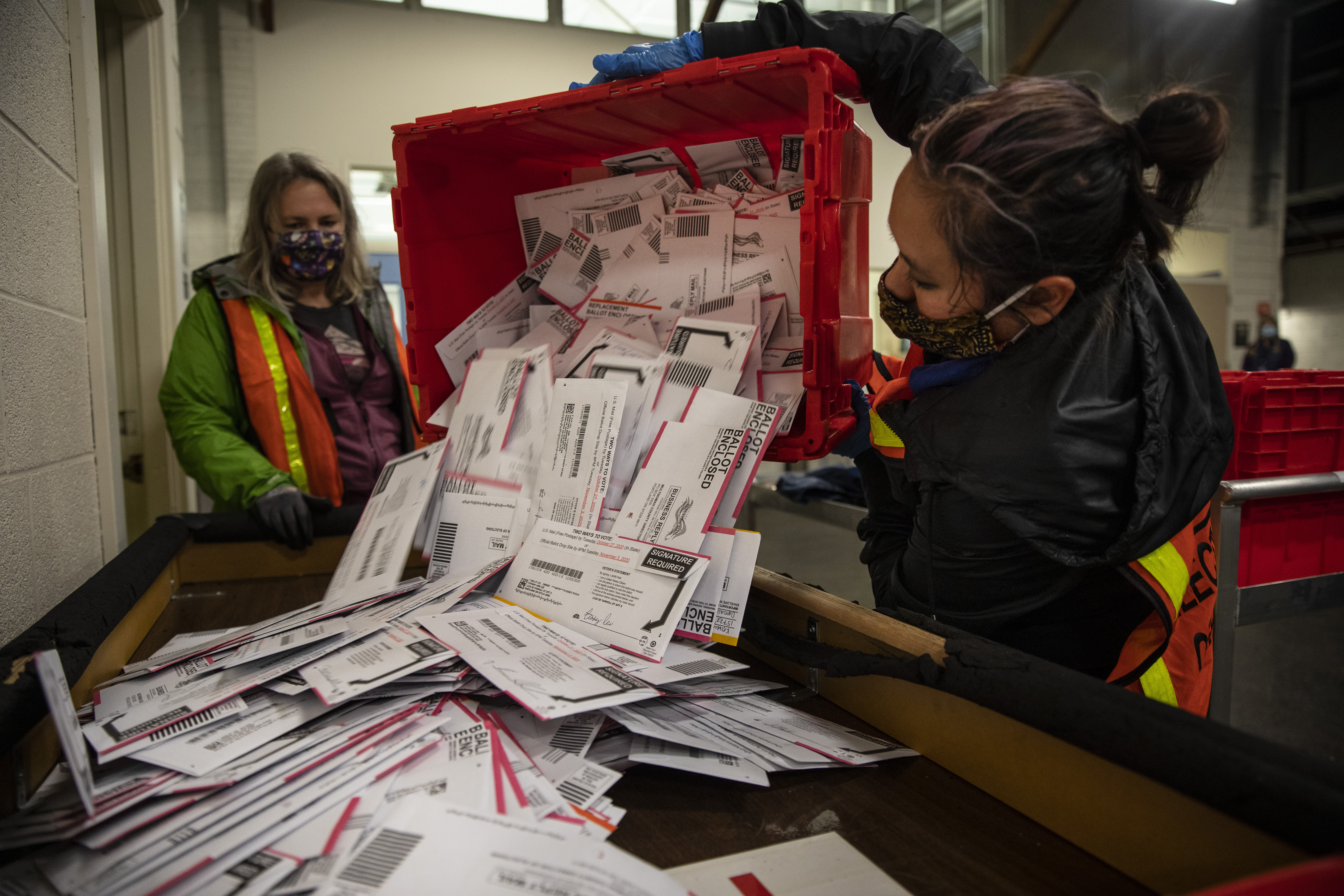He also said federal money had been misspent and that $11.7 million from the federal government must be returned by Dec. 31 because the Legislature did not authorize to “spend a penny” of the funds.
This happened even as the Oregon Centralized Voter Registration system is so old that Microsoft no longer supports the Windows Server 2008 system that it operates on.
The secretary of state’s office was going to take bids - officially known as request for proposal - in October for a new system, but Clarno paused this project without consulting with the county clerks or Trout, the ousted election director said.
Furthermore, Trout said calls by himself and other election officials for third-party verification systems to prevent Oregon from hacking of election systems went unheeded.

 m.washingtontimes.com
m.washingtontimes.com
This happened even as the Oregon Centralized Voter Registration system is so old that Microsoft no longer supports the Windows Server 2008 system that it operates on.
The secretary of state’s office was going to take bids - officially known as request for proposal - in October for a new system, but Clarno paused this project without consulting with the county clerks or Trout, the ousted election director said.
Furthermore, Trout said calls by himself and other election officials for third-party verification systems to prevent Oregon from hacking of election systems went unheeded.

Stephen Trout, Oregon elections director, fired after reporting problems
Oregon’s elections director was abruptly fired in a text message by the secretary of state after he pointed out serious issues with the state’s aging and vulnerable technology for running elections.
